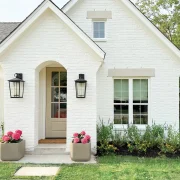Dirty Demolition: How to Demo Yourself
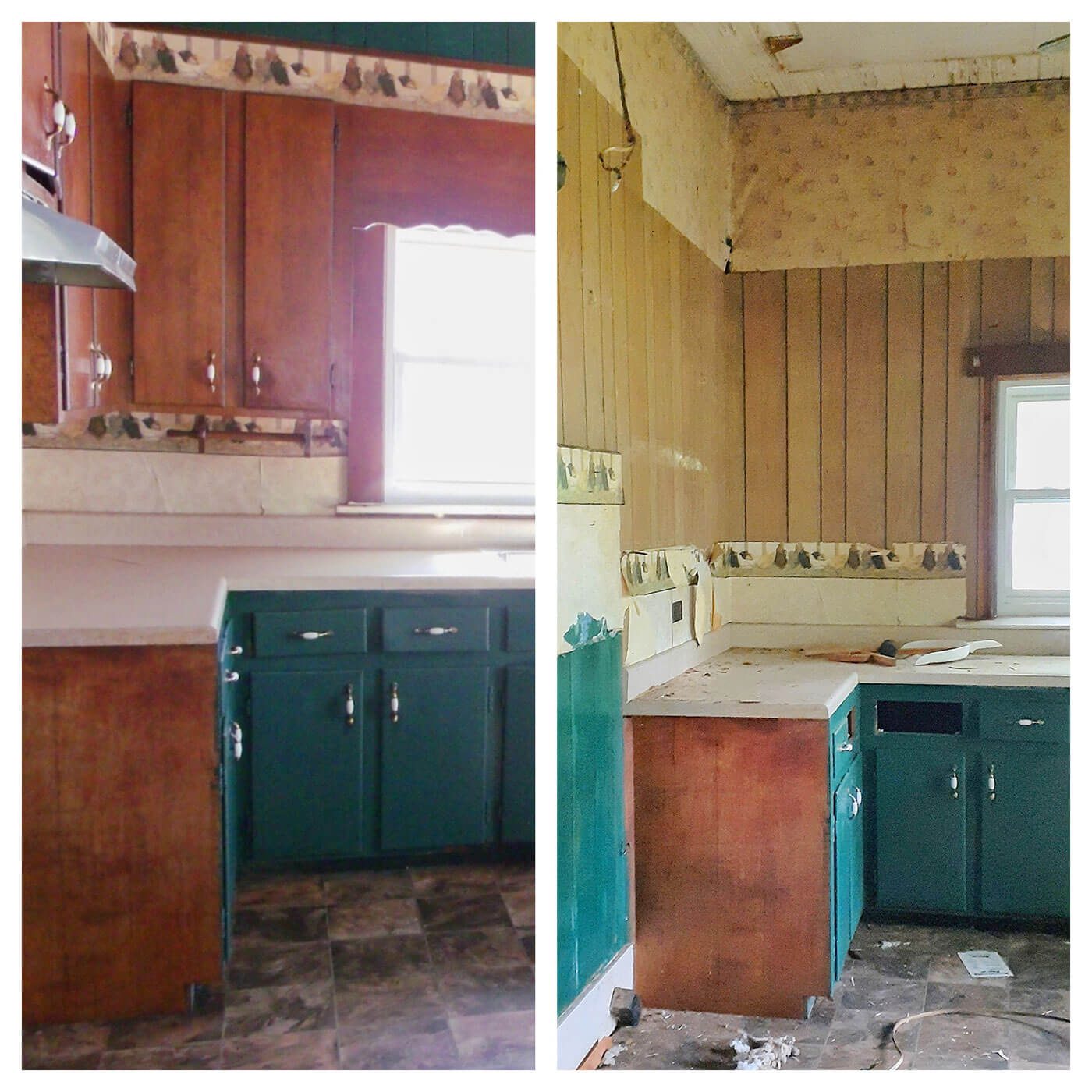
Learning how to demo yourself can save you a bundle when you’re doing a DIY remodel. The great thing about it is that it often doesn’t take a lot of special skills. If you can gather a small team of friends and family to help you, it’s even easier.
For our renovation we’re doing in Franklin, Tennessee, we did our own demo. Here are the lessons we learned and how you can do this yourself.

How to Demo: First, Make a Plan
The first step for how to demo yourself is to make a plan. You don’t want to just start smashing things like you see on TV, because this will often create a lot more clean up work. It may go without saying, but only demo the room you’re actually going to renovate, rather than all the rooms you don’t like.
I learned this the hard way on my own house. A few years ago, we donated our outdated kitchen to Habitat for Humanity’s ReStore, who came to tear it out for us. While they were there, I decided to donate our bathrooms, laundry cabinets, and fixtures I didn’t like. While I saved money and effort this way, I ended up with a house-wide construction zone that took a year to put back together. Everything takes longer to finish than expected, so be careful about being too demo-happy.
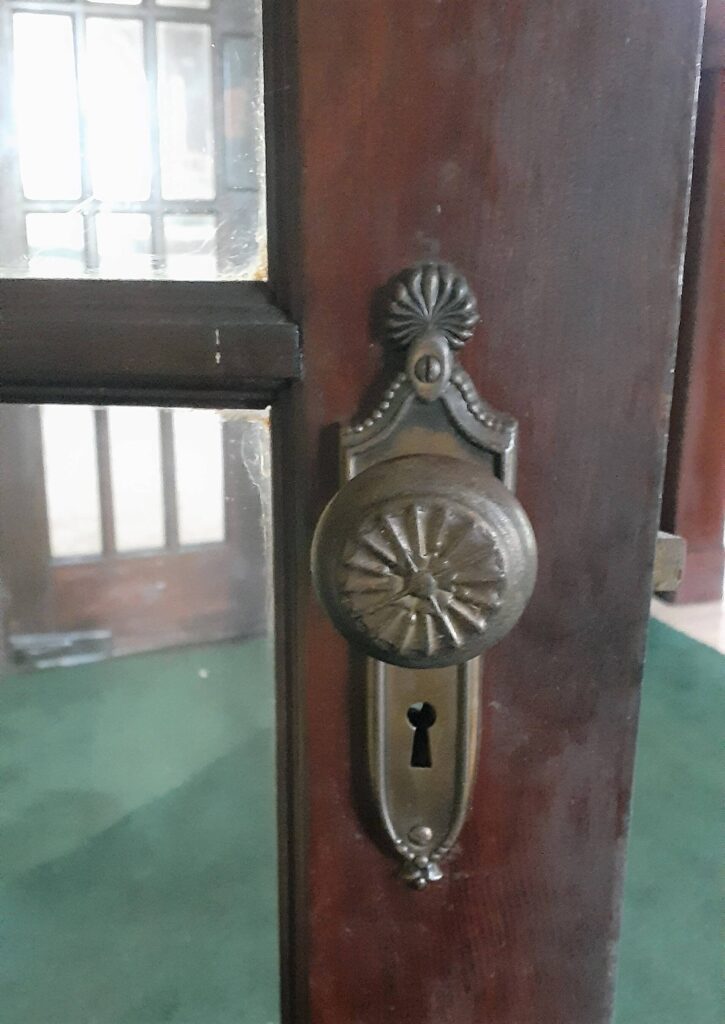
Can You Reuse Materials?
If any of the old materials have decent quality, you might want to reuse them. If you’re replacing your kitchen cabinets, you might really appreciate reusing the old ones for garage storage. Survey your space ahead of time for reusable items. Salvage what you can before you unleash a team of people with sledgehammers on your space (a’la HGTV).
Also, there are often things you don’t mean to throw out that get lost in a demolition project, like the drain piece that goes with your kitchen garbage disposal. Losing important pieces in the demo process will cost you big at the end. When thinking about how to demo your space, make note of these pieces and put them in separate bags (labeled) to keep them separate.
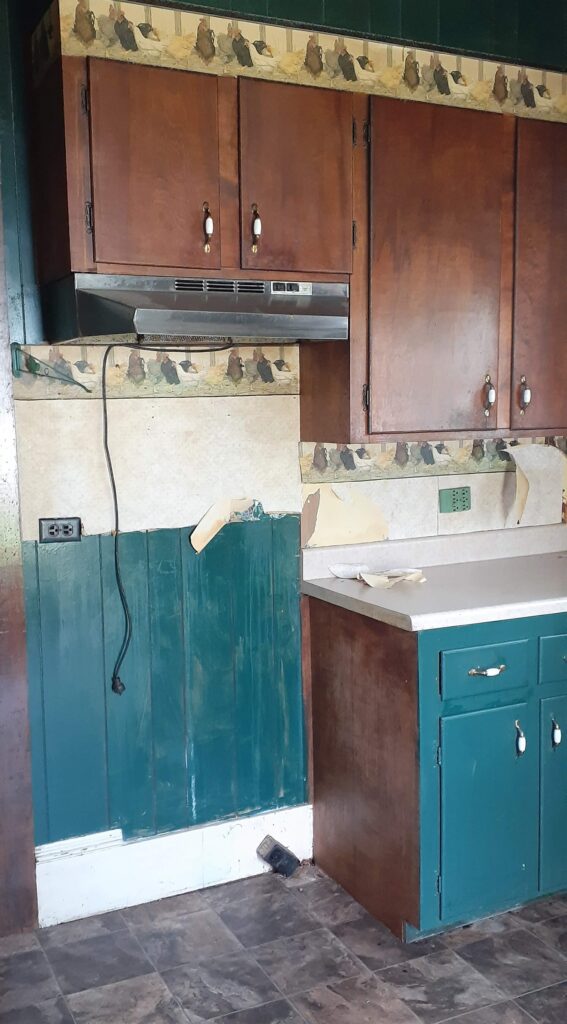
Address Hazardous Waste
If you have an old house, you may have some hazardous materials like lead or asbestos. You don’t want to unknowingly expose yourself to these and spread them around your house. If your house has lead-based paint, you can paint over it, but you shouldn’t start sanding it or everyone will be breathing lead dust. When figuring out how to demo your project, find out what you have first so you can take care of it safely and legally.

How to Demo with Proper Safety Gear
Avoiding a trip to the emergency room is a good idea. Get the proper safety gear. Don’t wear flip flops in your construction zone. Wear the right mask when using chemicals. Get safety goggles if you value your eyesight. Remember to get ear plugs, or your spouse will be angry for having to yell for you when your ears no longer work. Avoid spreading construction debris like nails and broken glass in areas where others will get hurt (especially pets and kids). Make everyone wear shoes in the house at all times for a while.

Watch Videos and Tutorials on How to Demo
There are amazing tips for how to demo a particular space from those who have gone before you. Do a quick online check for shortcuts before you lay on your project. There may be a tool or technique that will cut the time spent in half.
For example, I just saw a portion of a design show in a waiting area where they were rolling up the carpet from an entire room in one roll. While this may seem like less work, it actually makes it impossible to get the carpet out of your house. Cut smaller sections to roll up so you can carry the carpet out of the house without a forklift. When you search online for how to demo, search by keyword for the specific elements you’re demoing, like carpet, kitchen cabinets, bathroom vanities, etc.
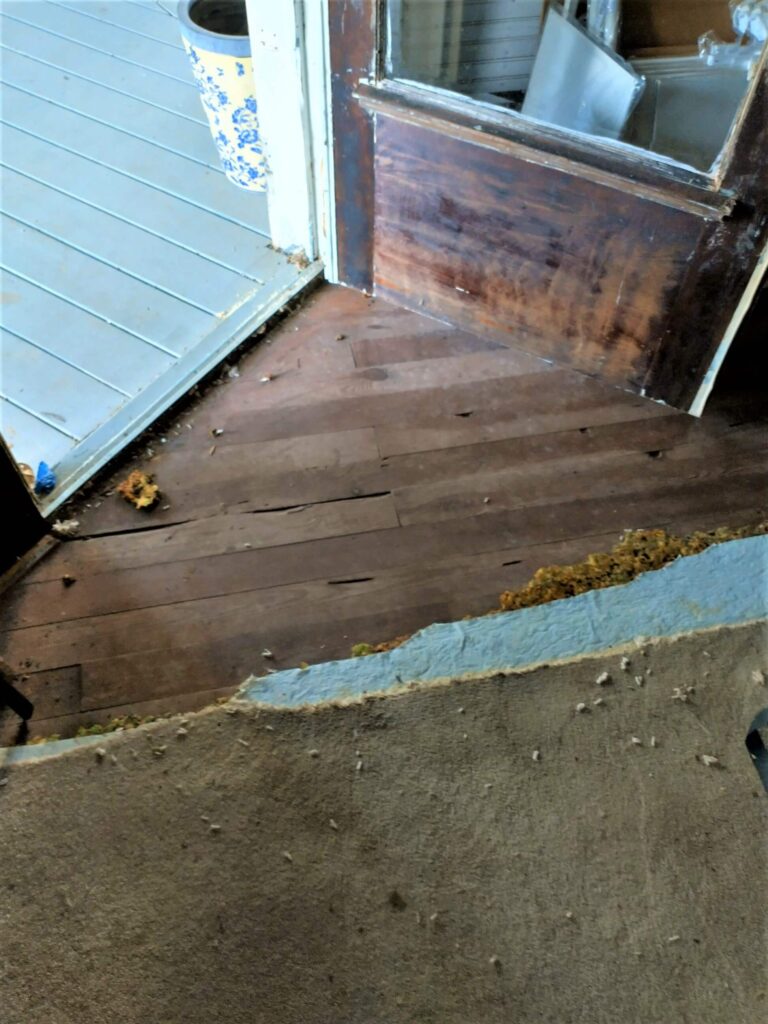
Important Tips before You Demo
Some final thoughts on how to demo before you unleash your inner demolition derby. Make a list of how much it costs to replace the items you’re ripping out. Also, check their availability, as construction materials can be backordered. Consider your tolerance for living in a construction zone, and only rip out the areas you don’t mind living in while under construction.
Remember: imagine how long you think it’ll take to be done, and multiply by thirty. Then your expectations just may be in line with a realistic timeline for both your demo and the remodel as a whole.

Holly Thompson is the lead interior designer at Holly Thompson Homes in Franklin, TN. She loves making houses the best version of themselves. She is married to Dave, who is a contractor, realtor, and often works as her project manager. They own a fixer upper in the country, plus three kids and three cats. In her free time, Holly is working on her master’s degree in Interior Design and writes articles for American Farmhouse Style. In the rest of her free time, you’ll find her antiquing at estate sales, flea markets, and shops. All of those times involve coffee, to which Holly attributes her success in staying awake.
Read A Designer’s DIY Renovation in Tennessee for more on Holly Thompson’s DIY renovation, and read her advice on the question, Should You Do a DIY Remodel?
Of course, don’t forget to follow us on Instagram, Facebook and Pinterest to get your daily dose of farmhouse inspiration!
Holly Thompson is an interior designer in historic downtown Franklin, Tennessee. She specializes in high-end kitchens and thoughtfully-designed interiors. She focuses on enjoyment and livability in her spaces, incorporating vintage and unique pieces to give them a sense of history and individuality. She is currently in the process of adding consulting services for designers and other business owners. Holly and her husband Dave have three kids, three cats, and an adorable guinea pig named Scooter. In her free time, Holly loves to read design books about everything from historic architectural styles to biophilic design. She also frequents flea markets and antiques stores, buying antique transferware, midcentury modern chairs and vintage decorating magazines.






